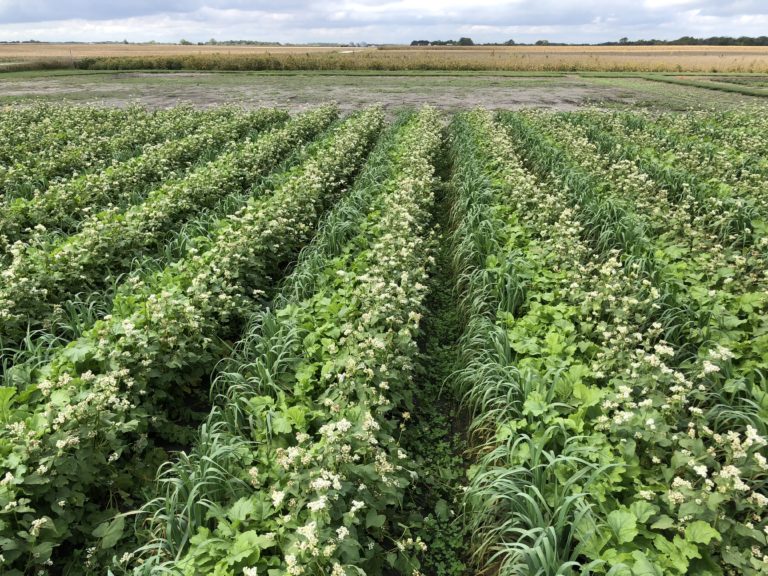Following one of the hottest, driest summers in 50 years, the GO-Richland, IA Research Farm experienced one of the 10 coldest winters in recorded history. Miserable weather for those of us who chose to live here but perfect weather for turf and forage research. The varieties that survived the past 12 months are definitely tolerant of heat, drought and bitter cold. Last summer we had 12 days over 100 degrees Fahrenheit (countless in the 90’s) and just over 2 inches of rain from June thru September. The winter that followed was just as brutal with our first killing frost in late October and many nights of -20 degrees Fahrenheit and no snow cover.
Most of our turf grass entries came thru the winter – some better than others. This information will help our breeding process as we strive for the hardiest varieties. On the Forage side of our farm, the cold, open winter killed most of the perennial ryegrasses. Orchardgrass, Timothy and clovers were a mixed bag.
Within plots of varieties that were nearly wiped out, we have found some plants that survived. These plants will become part of our breeding process for the next generation of cold, heat and drought tolerant forage varieties. Last spring we planted out rows of seed from High Sugar Perennial Ryegrasses that had survived a winter at University of Kentucky that killed almost all perennial ryegrasses. The weather last year did a number on these plants with about 70% of the plants dying over the winter. The plants that survived are the best of the best and will be shipped back to Oregon to include in breeding the next generation of superior forage varieties.
Plans are underway for planting in the next few weeks. We have already planted out our large forage blocks featuring our newest, best varieties. Hundreds of new plots of turf and forage varieties will be added soon. We are also in the planning process now for what we hope will be a practical and informational section of the farm devoted to cover crop research.


